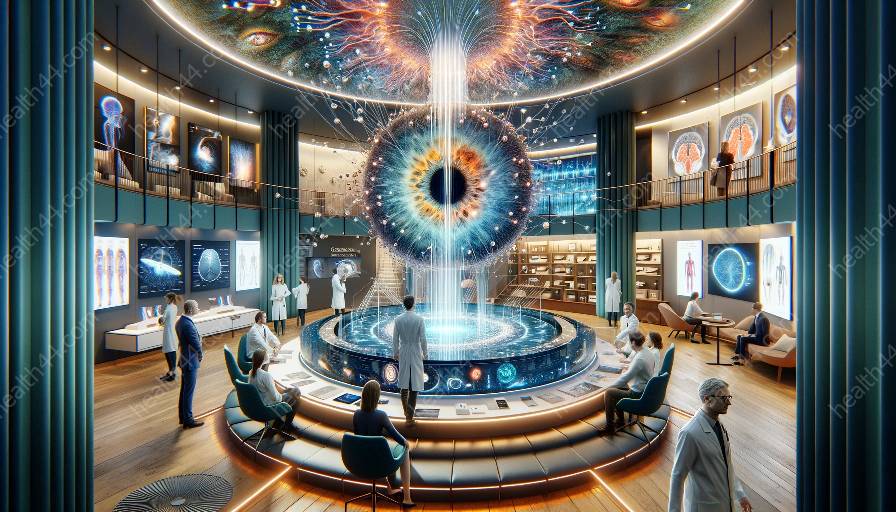Visually impaired individuals can enjoy a wide range of sports and recreational activities that cater to their unique needs. This article explores the benefits of participation in these activities and the impact they have on vision rehabilitation.
Adaptive Sports for the Visually Impaired
One of the most significant developments in the field of sports for visually impaired individuals is the emergence of adaptive sports. These sports have been specifically designed or modified to accommodate individuals with visual impairments, enabling them to participate in physical activities to the fullest.
Some of the most popular adaptive sports for the visually impaired include:
- Goalball
- Blind Soccer
- Beep Baseball
- Blind Tennis
- Judo for the Blind
- Swimming
- Track and Field Events
These sports not only provide an opportunity for physical activity but also contribute to the development of vital skills such as spatial awareness, communication, and teamwork. Additionally, they offer a sense of inclusivity and empowerment to visually impaired individuals, fostering a supportive and encouraging environment.
The Benefits of Physical Activity
Participation in sports and recreational activities offers numerous benefits for individuals with visual impairments. From improved physical health to enhanced social and emotional well-being, the advantages of engaging in physical activity are substantial.
Physical activity can contribute to:
- Enhanced cardiovascular health
- Improved muscle strength and flexibility
- Weight management
- Stress reduction
- Enhanced social interaction and connectedness
Engagement in regular physical activity can also play a crucial role in preventing or managing various health conditions commonly associated with visual impairment, such as obesity, diabetes, and cardiovascular diseases.
Impact on Vision Rehabilitation
Participation in sports and recreational activities can have a positive impact on vision rehabilitation for individuals with visual impairments. The sensory and motor experiences gained through these activities can facilitate the enhancement of spatial awareness, coordination, and overall mobility.
Certain sports and recreational activities, such as swimming, can also provide opportunities for sensory stimulation and proprioceptive feedback. These experiences contribute to the development of motor skills and body awareness, which are essential components of vision rehabilitation.
Furthermore, the psychological benefits of engaging in sports and recreational activities, including increased confidence, self-esteem, and independence, can greatly support the overall vision rehabilitation process.
Conclusion
The world of sports and recreational activities offers a wealth of opportunities for visually impaired individuals to participate, thrive, and reap the benefits of physical activity. Through adaptive sports and recreational activities, individuals with visual impairments can enhance their physical, social, and emotional well-being, contributing to their overall quality of life and vision rehabilitation.
It is essential for communities and organizations to continue creating inclusive and accessible environments that encourage and support the participation of visually impaired individuals in sports and recreational activities. By doing so, we can foster a culture of empowerment, diversity, and inclusivity, ensuring that everyone has the opportunity to enjoy the profound benefits of an active and fulfilling lifestyle.





















